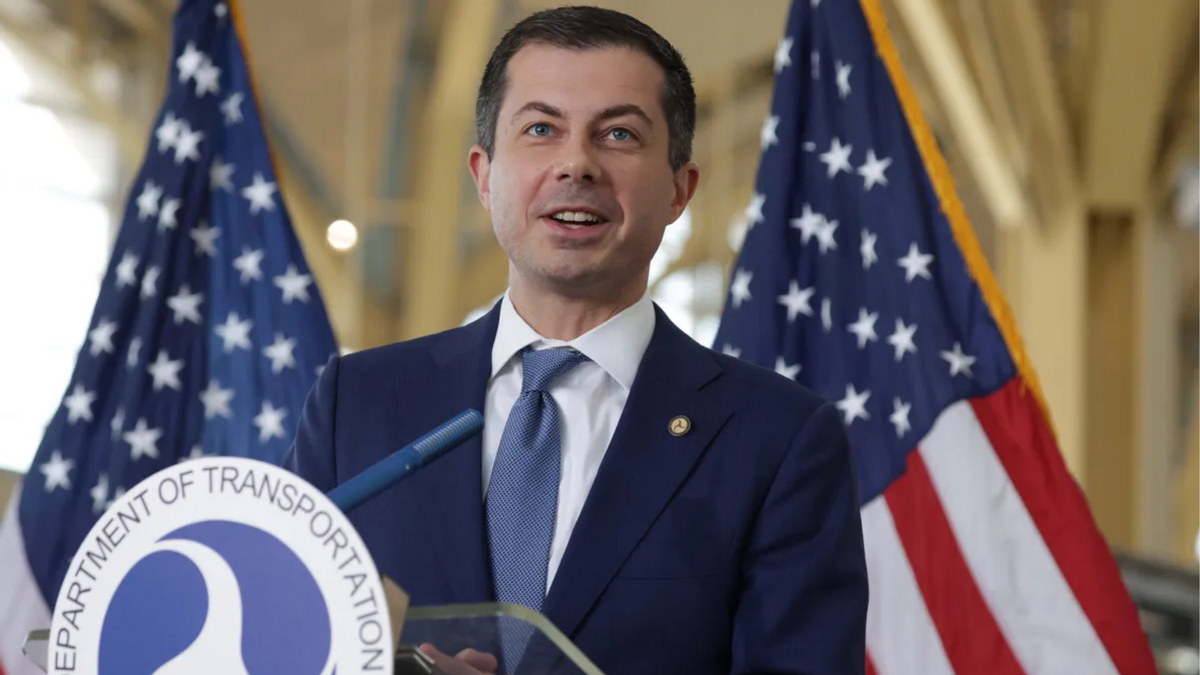
Understanding the Claims About Pete Buttigieg and the DOT's Spending
A recent article published in The New York Post on July 21, 2025, made significant claims about former Transportation Secretary Pete Buttigieg. According to the piece, during his tenure at the U.S. Department of Transportation (DOT), the agency spent $80 billion on diversity, equity, and inclusion (DEI) grants while failing to address critical upgrades to air traffic control (ATC) systems. This story was widely shared on social media platforms like Facebook and X, with some users suggesting it highlighted why Buttigieg "will never be president."
The article’s central argument was that Buttigieg prioritized DEI initiatives over modernizing ATC infrastructure, which is essential for the safety and efficiency of air travel. However, a fact-checking effort by Articles of Traveling sought to verify these claims and found several inconsistencies and gaps in the original report.
Examining the 'DEI Grants' Claim
One of the key issues raised by the article was the claim that the DOT spent $80 billion on DEI grants. However, the term "DEI grant" was not clearly defined in the original article, making it difficult to assess the accuracy of this figure. The New York Post has a known conservative bias, and its use of vague terms like DEI may reflect a broader pattern of using buzzwords to critique members of the Biden administration.
The article referenced a DOT webpage titled “U.S. Department of Transportation Accomplishments Overview — January 2021-January 2025,” but did not clarify how the $80 billion figure was derived. The webpage mentioned an initiative called Justice40, part of the Biden administration’s environmental justice efforts. This program aimed to ensure that 40% of benefits from federal investments in climate, clean energy, and housing reached marginalized communities.
According to the DOT’s data, Justice40 included 40 different programs under the department, none of which were related to air travel. The total contract authority for these programs was approximately $150 billion, with 55% of the benefits directed toward disadvantaged communities. This would equate to around $82.5 billion, which is close to the $80 billion cited in the article. However, the original article did not explicitly state this connection, leading to confusion about the source of the figure.
Further attempts to verify the number using USASpending.gov, a public database of federal spending, did not yield results that matched the $80 billion figure. Without clarification from the author, it remains unclear how the original article arrived at this number.
Evaluating the 'Delayed ATC Funding' Claim
Another major claim in the article was that Buttigieg delayed funding for ATC upgrades. The source for this statement was an unnamed "air industry official," making it impossible to independently verify. While there are concerns about the United States falling behind other countries in radar technology, the responsibility for approving ATC funding lies with Congress, not the executive branch.
During Buttigieg’s time as transportation secretary, the 2021 Bipartisan Infrastructure Law provided $5 billion for ATC upgrades. In April 2022, the Federal Aviation Administration (FAA) announced the first $1 billion of this funding. Additionally, Chris Meagher, a spokesperson for Buttigieg, claimed that Republicans in Congress blocked the FAA’s 2025 budget request for an additional $8 billion to support ATC modernization.
It is important to note that ATC upgrades require careful planning and maintenance of existing systems. These projects often span multiple years and are subject to the annual budget cycles of Congress, which can complicate long-term infrastructure goals.
Decoupling the Link Between DEI and ATC Funding
The original article attempted to connect the two claims—spending on DEI grants and delaying ATC upgrades—suggesting that Buttigieg prioritized one over the other. However, the evidence supporting this link is weak.
The $150 billion allocated for Justice40 programs was separate from the $5 billion designated for ATC upgrades under the Bipartisan Infrastructure Law. Congress, not the DOT or the president, determined how these funds were distributed. Therefore, there is no clear evidence that Buttigieg redirected money from ATC projects to DEI initiatives.
Furthermore, the Justice40 program was focused on environmental and social equity, not aviation. This means that the two funding pools were distinct, and any attempt to draw a direct connection between them lacks factual support.
Conclusion
The original article by The New York Post made serious allegations about Pete Buttigieg’s leadership at the DOT, but these claims were not thoroughly substantiated. The $80 billion figure for DEI grants was based on ambiguous definitions and incomplete data, while the claim that ATC upgrades were delayed lacked verifiable sources. The article also failed to establish a meaningful connection between the two issues.
As with many politically charged stories, the narrative presented in the original piece appears to be shaped by ideological perspectives rather than objective facts. It underscores the importance of fact-checking and transparency when reporting on complex policy issues.
